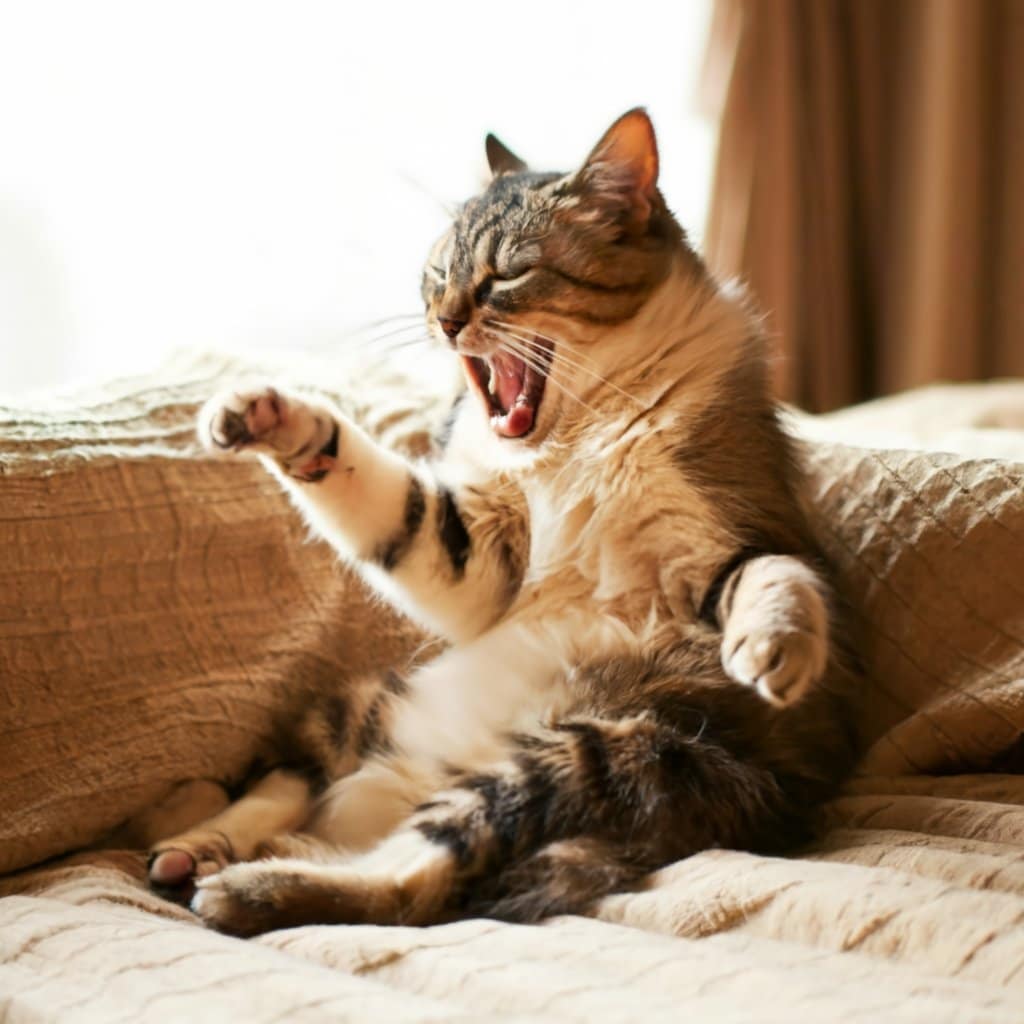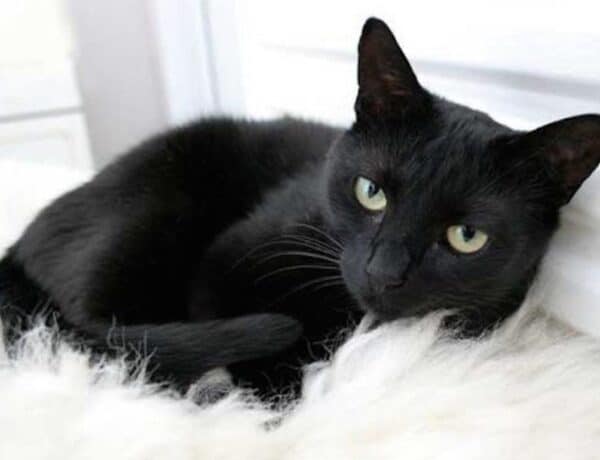Cats are mysterious creatures with a unique way of communicating their emotions and intentions. Unlike dogs, cats are subtle in their expressions, often leaving their owners guessing about their mood and needs. Learning to interpret cat body language can help you understand your pet better, making your bond even stronger. In this guide, we’ll break down what different cat body cues mean, from tail position to ear orientation, helping you become fluent in “cat talk.”
Understanding the Basics of Cat Body Language
While each cat is unique, there are certain universal body language cues that can tell us how a cat is feeling. By observing these physical behaviors, you can better respond to their needs and ensure they feel safe and loved. Here are some fundamental body language signals to know.
1. Tail Position and Movement
The tail is one of the most expressive parts of a cat’s body. By watching its position and movement, you can often gauge your cat’s mood:
Tail Upright
An upright tail typically signifies a happy and confident cat. When a cat approaches you with a raised tail, they are often in a good mood and may be seeking attention or affection.
Puffed-Up Tail
A puffed-up tail, where the fur stands on end, signals fear or excitement. This reaction often occurs when a cat feels threatened and is attempting to appear larger to scare off potential threats.
Tail Between Legs
A tail tucked between the legs often indicates anxiety or submission. This posture can mean the cat feels threatened or is in a situation they find uncomfortable.
Whipping Tail
If your cat’s tail is lashing back and forth, it may be a sign of irritation or anger. When this happens, it’s usually best to give them some space to calm down.
2. Ear Positions and Their Meanings
A cat’s ears are highly mobile and can move independently, which helps them express a wide range of emotions. Here’s how to interpret their ear positions:
Ears Forward
When a cat’s ears are facing forward, they are typically curious or interested. This is a common stance when they hear a sound or spot something new in their environment.
Ears Flattened Back
Flattened ears are usually a sign of fear or aggression. In this state, a cat is either preparing to defend itself or is feeling frightened. It’s wise to approach cautiously if a cat’s ears are in this position.
Ears Swiveled Sideways
This “airplane ear” position, where the ears are turned sideways or tilted down, often indicates anxiety or annoyance. The cat is unsure about their surroundings and may be feeling uncomfortable.
3. Eye Signals: Windows to a Cat’s Soul
A cat’s eyes can reveal a lot about how they are feeling. Understanding their eye behavior can give you insights into their emotional state:
Slow Blinking
If your cat slowly blinks at you, it’s a sign of trust and affection. In the cat world, slow blinking is a form of “cat kiss” and is a positive, comforting signal.
Dilated Pupils
When a cat’s pupils are wide and dilated, they may be feeling excited, scared, or agitated. It can also mean they are stimulated by something interesting in their surroundings.
Staring
A direct, unblinking stare can be a sign of dominance or a warning, especially when aimed at another animal. However, it can also indicate focus if the cat is hunting or watching prey.
4. Body Postures and Their Meanings
A cat’s body posture can give you clues about whether they are feeling relaxed, defensive, or playful. Here’s what to watch for:
Arched Back
An arched back with fur standing on end typically means the cat is frightened or defensive. This posture is often accompanied by a puffed-up tail and is a classic “scared cat” look.
Rolling on Their Back
If a cat rolls onto their back and exposes their belly, it usually indicates they feel safe and comfortable. However, this is not always an invitation to pet them. Some cats may bite if their belly is touched.
Sideways Body
If a cat turns its body sideways, especially while puffed up, it may be preparing to defend itself. This stance is often accompanied by hissing or growling to ward off threats.
Common Misinterpretations of Cat Body Language
It’s easy to misunderstand certain cat behaviors, especially if you’re more familiar with dog body language. For instance, an exposed belly does not necessarily mean a cat wants to be pet, unlike with many dogs. Similarly, a slow blink is a unique sign of affection in cats that might be missed by new cat owners.
How to Use Cat Body Language to Build Trust
Observing and understanding your cat’s body language can help you respond in ways that build trust and strengthen your relationship. Here are some tips:
- Respect Their Boundaries: If a cat is showing signs of discomfort, such as a whipping tail or flattened ears, give them space.
- Slow Blink Back: When your cat gives you a slow blink, try returning it. This can reinforce feelings of trust and safety.
- Provide Safe Spaces: Cats need areas where they can retreat to when they feel stressed. Make sure they have access to hiding spots and high perches.
FAQ: Understanding Cat Body Language
What does it mean when a cat purrs?
Purring often indicates contentment, but cats may also purr when they are anxious or in pain. It’s essential to consider the full context of their body language along with the purring.
Why do cats knead with their paws?
Kneading is a comforting behavior often linked to kittenhood. Adult cats may knead when they feel relaxed and secure.
What does it mean when a cat head-butts you?
Head-butting, or “bunting,” is a sign of affection and trust. Cats use scent glands in their head to mark you as part of their territory.
Why does my cat follow me everywhere?
Some cats follow their owners because they feel a strong bond and want to be near them. It can also indicate curiosity about your activities.
Why does my cat suddenly bite me while I’m petting them?
Sometimes, cats experience overstimulation during petting, leading to what is known as “petting-induced aggression.” Watch for signs like tail flicking or skin rippling to know when to stop petting.




